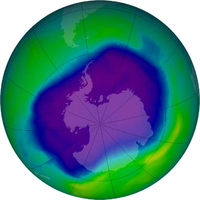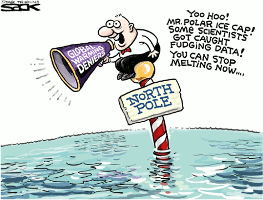 On their face, biofuels seem like a pretty good idea: carbon dioxide and sunlight in, carbon dioxide and energy out. Certainly some hobbyists manage to recover waste grease for use in diesel engines, but commercially the field has been dominated by the fermentation of sugars from food crops into ethanol. Unfortunately, due to the large petro-chemical inputs often employed it is unclear whether the result is a net gain. In addition, much attention has been given to the competing interests of fuel vs. food (vs. land conservation).
On their face, biofuels seem like a pretty good idea: carbon dioxide and sunlight in, carbon dioxide and energy out. Certainly some hobbyists manage to recover waste grease for use in diesel engines, but commercially the field has been dominated by the fermentation of sugars from food crops into ethanol. Unfortunately, due to the large petro-chemical inputs often employed it is unclear whether the result is a net gain. In addition, much attention has been given to the competing interests of fuel vs. food (vs. land conservation).
There is hope that research into the production of cellulosic ethanol, or alcohol from plant fibers, could soon tip the balance decidedly in favor of biofuels. One could use agricultural waste or fast-growing special cover crops however, this material should arguably be composted back into the fields… But what if you could make use of existing knowledge and agricultural land; instead of converting forest into sugarcane fields, or farming prairie? Perhaps even provide a competing market for an otherwise dubious product? This may be possible if research into genetically modified tobacco proves to be fruitful. These plants do not contain pesticide-producing or herbicide-resistance genes. Instead, scientists are working on ways to make the leaves of the plant express existing genes and produce more oil for use in fuel production.








